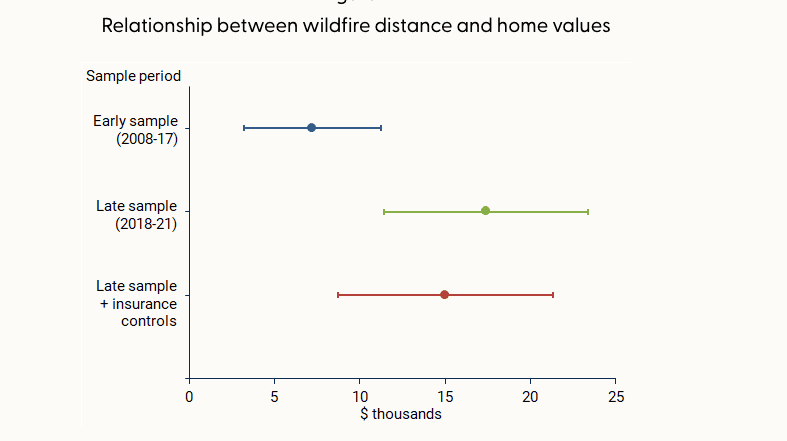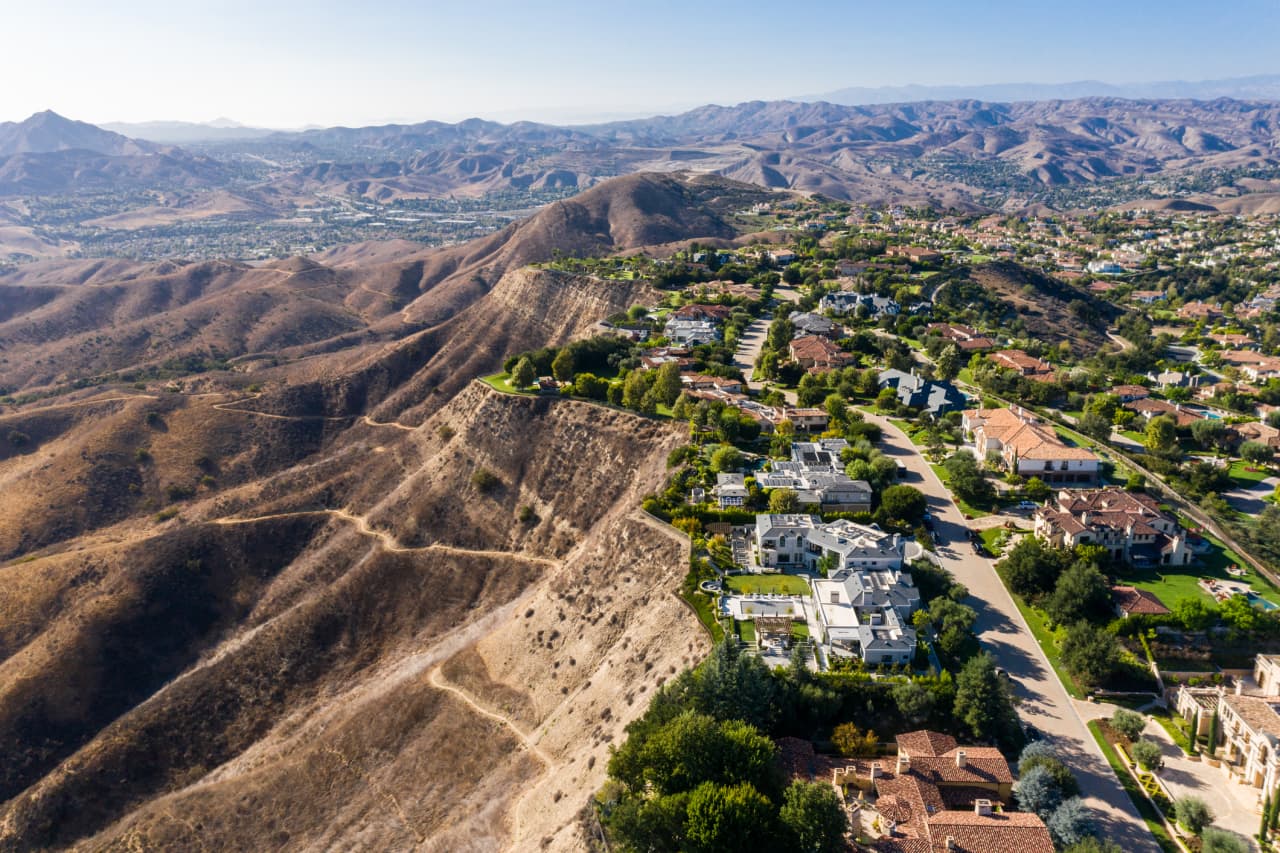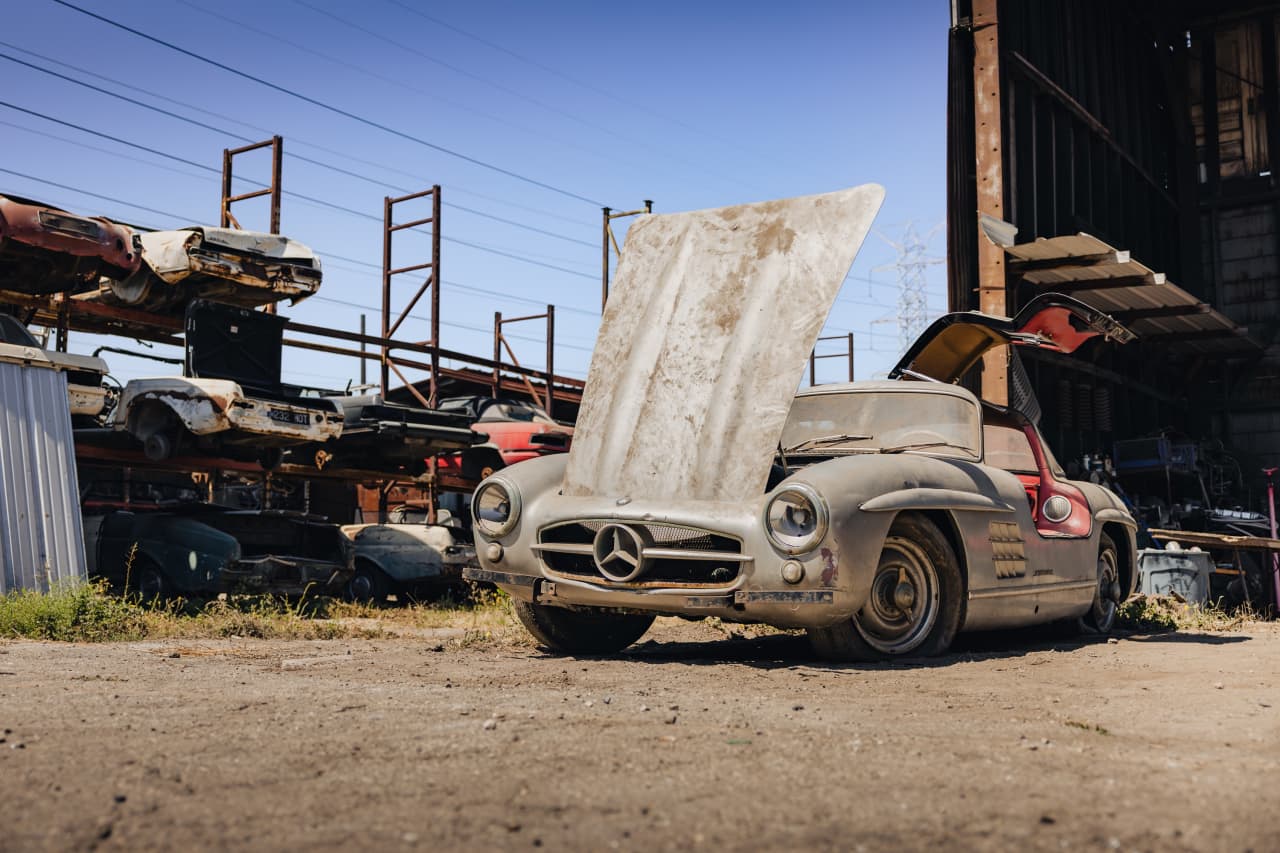One of the largest names in the ski world is taking steps to make the industry more sustainable.
“The outdoors is our business,” says Kate Wilson, vice president of environmental and social responsibility at Vail Resorts.
Vail Resorts, a mountain resort company with a network of 41 ski resorts across four countries, set out to make a major commitment to their sustainability efforts in 2017. The intent was to achieve a net-zero operating footprint by 2030. This “Commitment to Zero” includes the ambitious goal of zero net emissions, zero waste to landfill, and zero net operating impact on forests and habitat.
“On day one, we didn’t have the road maps and plans on how we were going to get there, but we’ve since built those,” Wilson says. “And we’ve brought others in the industry with us.”
Just six years later, Vail Resorts is ahead of schedule to reach its emissions goals and on track to achieve the zero net operating footprint by 2030. The company reached 100% renewable electricity for the second year and hit its 2030 energy-efficiency target early.
Offsets are another way Vail Resorts is supporting sustainability. They have reforested over 200 acres of land since 2017 and support wind farms across the country. Plum Creek is a large-scale wind farm enabled by Vail Resorts. In its 2023 fiscal year, it produced 350,177 megawatt hours of renewable electricity, equivalent to the electricity needed to power 48,286 homes for one year.
“Sustainability and the way it is integrated into our business and operationalised with every decision that we make is something I’m really proud of,” Wilson says. “We’re not just thinking about how we, as a resort, can make an impact on climate change but how we can use our voice across our resorts, our industry, and beyond.”
Commitment to Zero gives the Vail Resorts properties one central sustainability focus. With one common goal, the company can lean into and take advantage of their enterprise network.
“At every resort we’re sharing lessons learned: ‘We did this thing in Whistler, we should do it in Park City,’” Wilson says. “That’s the power of the network and coming together to say, ‘what can we do that’s bigger than each of our resorts?’”
To further that goal of sharing lessons and ideas, Vail Resorts spearheaded The Mountain Collaborative for Climate Action in 2019. Now with over 76 resorts in the collaborative, the group works together on innovative solutions to help spread sustainability across the ski industry. Vail Resorts also partners with the National Ski Areas Association on quarterly meetings to discuss items related to green initiatives and share its experiences with an even larger group.
“There are smaller resorts that don’t have sustainability resources. We can share lessons learned, come up with solutions where we tell them, for example, how we recycle our nitrile gloves and turn them into pellets that become playgrounds,” explains Wilson. “We don’t need to own these things we want to share with others so they can take action, too.”
Developing innovative solutions for recycling and reducing landfill waste is a key part of this sustainability strategy. Initiatives to collect and upcycle waste can be easily replicated at multiple resorts. A project to collect and recycle soft plastics into decking is being piloted at various properties across the Vail Resorts mountains.
Other innovative solutions Vail Resorts has implemented include the ski industry’s only gondola-based waste removal system, a custom-designed recycling center at Vail Mountain, and a resource-efficient snowmaking system.
Vail Resorts also leans on strategic partners to assist with their green efforts. The company worked with PepsiCo, their on-mountain beverage partner, to develop a program to upcycle candy and snack wrappers into furniture and terrain park features. There’s now a Mountain Dew wallride in the terrain park at Breckenridge crafted from recycled bottles and snack packaging materials.
The company also joined together with Helly Hansen to turn old ski resort work uniforms into tote bags and ski patrol backpacks. The products were sold on behalf of their EpicPromise Employee Foundation, which provides hardship and education grants to teammates.
The employee foundation is one way Vail Resorts is expanding its efforts beyond environmental initiatives. The company has a large youth access program and hosted more than 11,000 youths across 32 properties in the 2022-23 season, according to the resort.
“We really believe the future of the sport is inclusion. We care deeply about removing some of those barriers to have people try the sport for the first time,” Wilson says.
 Copyright 2020, Dow Jones & Company, Inc. All Rights Reserved Worldwide. LEARN MORE
Copyright 2020, Dow Jones & Company, Inc. All Rights Reserved Worldwide. LEARN MORE
What a quarter-million dollars gets you in the western capital.
Alexandre de Betak and his wife are focusing on their most personal project yet.
Report by the San Francisco Fed shows small increase in premiums for properties further away from the sites of recent fires
Wildfires in California have grown more frequent and more catastrophic in recent years, and that’s beginning to reflect in home values, according to a report by the San Francisco Fed released Monday.
The effect on home values has grown over time, and does not appear to be offset by access to insurance. However, “being farther from past fires is associated with a boost in home value of about 2% for homes of average value,” the report said.
In the decade between 2010 and 2020, wildfires lashed 715,000 acres per year on average in California, 81% more than the 1990s. At the same time, the fires destroyed more than 10 times as many structures, with over 4,000 per year damaged by fire in the 2010s, compared with 355 in the 1990s, according to data from the United States Department of Agriculture cited by the report.
That was due in part to a number of particularly large and destructive fires in 2017 and 2018, such as the Camp and Tubbs fires, as well the number of homes built in areas vulnerable to wildfires, per the USDA account.
The Camp fire in 2018 was the most damaging in California by a wide margin, destroying over 18,000 structures, though it wasn’t even in the top 20 of the state’s largest fires by acreage. The Mendocino Complex fire earlier that same year was the largest ever at the time, in terms of area, but has since been eclipsed by even larger fires in 2020 and 2021.
As the threat of wildfires becomes more prevalent, the downward effect on home values has increased. The study compared how wildfires impacted home values before and after 2017, and found that in the latter period studied—from 2018 and 2021—homes farther from a recent wildfire earned a premium of roughly $15,000 to $20,000 over similar homes, about $10,000 more than prior to 2017.

The effect was especially pronounced in the mountainous areas around Los Angeles and the Sierra Nevada mountains, since they were closer to where wildfires burned, per the report.
The study also checked whether insurance was enough to offset the hit to values, but found its effect negligible. That was true for both public and private insurance options, even though private options provide broader coverage than the state’s FAIR Plan, which acts as an insurer of last resort and provides coverage for the structure only, not its contents or other types of damages covered by typical homeowners insurance.
“While having insurance can help mitigate some of the costs associated with fire episodes, our results suggest that insurance does little to improve the adverse effects on property values,” the report said.
While wildfires affect homes across the spectrum of values, many luxury homes in California tend to be located in areas particularly vulnerable to the threat of fire.
“From my experience, the high-end homes tend to be up in the hills,” said Ari Weintrub, a real estate agent with Sotheby’s in Los Angeles. “It’s up and removed from down below.”
That puts them in exposed, vegetated areas where brush or forest fires are a hazard, he said.
While the effect of wildfire risk on home values is minimal for now, it could grow over time, the report warns. “This pattern may become stronger in years to come if residential construction continues to expand into areas with higher fire risk and if trends in wildfire severity continue.”















